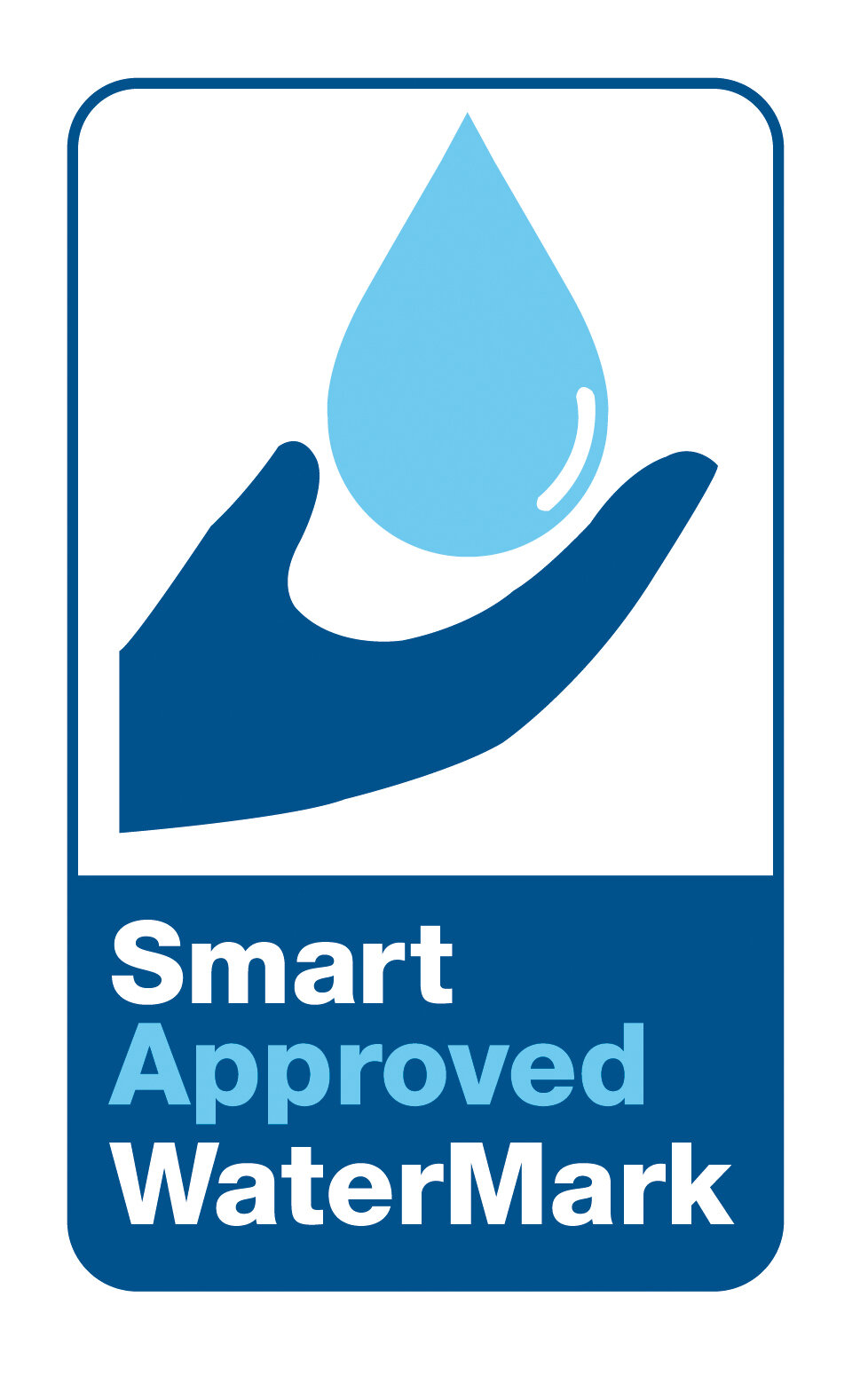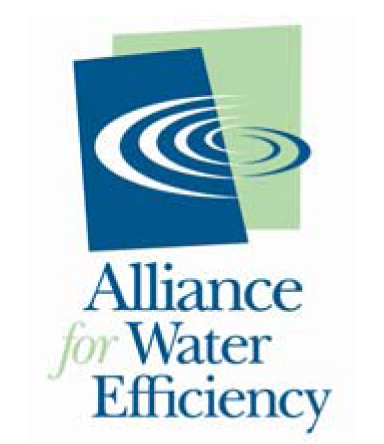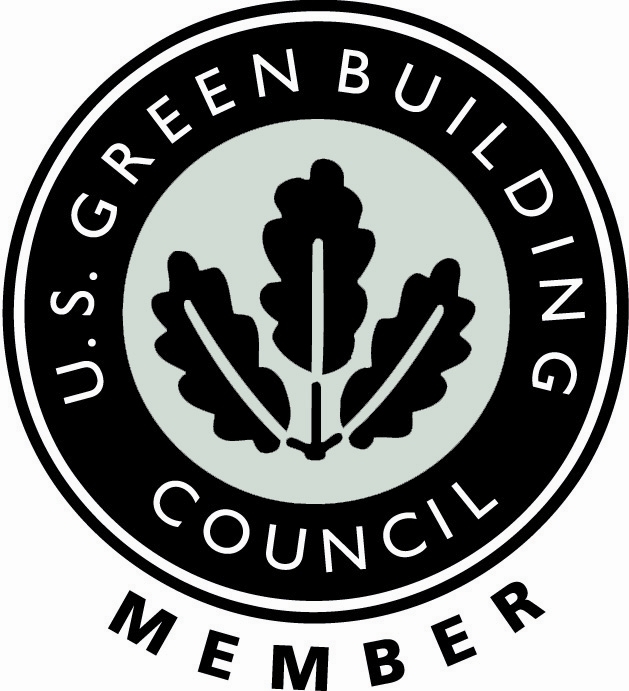Waterless urinals have grown in popularity in recent decades, especially as more businesses, facilities, and individuals continue to look for more ways to cut their budgets and go green. Installing waterless urinals in office buildings, industrial facilities and highly trafficked public places can offer several advantages.
Efficiency. According to the EPA, a typical office building that replaces its fixtures with highly efficient waterless urinals can save 26,000 gallons of water per year or more. Further, they can enjoy:
Cleaner air. Conventional toilets and urinals contain water that can harbor disease-causing bacteria to be released into the air and onto surfaces when flushed.Waterless urinals, on the other hand, have no flushing action and are designed to dry out between uses, so they can't release contamination in this way.
Hand hygiene. With no handles or buttons, waterless urinals are entirely touch-free, helping reduce the opportunity for cross-contamination.
More predictable maintenance. Waterless urinals require regular maintenance—changing cartridges or topping up the sealant at specific intervals, for example. However, the lack of a flush valve and the rarity of clogs and overflow can simplify maintenance tasks.
Things to Consider Before Installing Waterless Urinals
When planning a waterless urinal installation, there are several things to keep in mind, including cleaning procedures, rebate opportunities and the Americans with Disabilities Act.
Retrofitting and ADA Compliance
No-flush urinals can be installed virtually anywhere a conventional variety would be used. However, if you're retrofitting an older facility, it's also worth keeping in mind that in restrooms with two or more urinals, the Americans with Disabilities Act (ADA) requires at least one to have a rim no higher than 17 inches from the ground.
Connecting a Waterless Urinal
Although waterless urinals don't use water to flush, they still require a drain connection. Waterless urinals usually fit standard 2-inch drainage lines or can be adapted to fit 1.5-inch lines. However, FacilitiesNet recommends not installing waterless urinals if the building's drain and vent system uses copper pipes.
Without the dilution of flushing water, concentrated urine can react with copper, leading to pitting and corrosion. Checking that drain lines comply with plumbing code standards and slope enough to push waste through without water flushing is also recommended. Manufacturers also typically recommend that waterless urinals not be installed on unvented (not to code) drain lines, and it's important to snake the drain line to eliminate any clogs before installation.
Cartridge Life and Cost
When choosing a waterless urinal, you may want to check for details on cartridge life, cost and compatibility. Although the maintenance procedures are similar on most waterless urinals, the cost of the replacement parts can vary.
Maintenance and Cleaning
Before installing waterless urinals throughout a facility, it's a good idea to train cleaning personnel on proper maintenance techniques. Generally, the interior and the exterior areas of the waterless urinal can be cleaned and disinfected using a spray cleaner and cleaning cloth. Some manufacturers have developed their own cleaning products designed to be used specifically with waterless units.
Manufacturers advise against any cleaning process that uses a large amount of water, because this can disrupt the liquid seal in the cartridge and lead to clogs in the drain line.
Rebates and Local Incentives
Learn more on the Grainger Website










